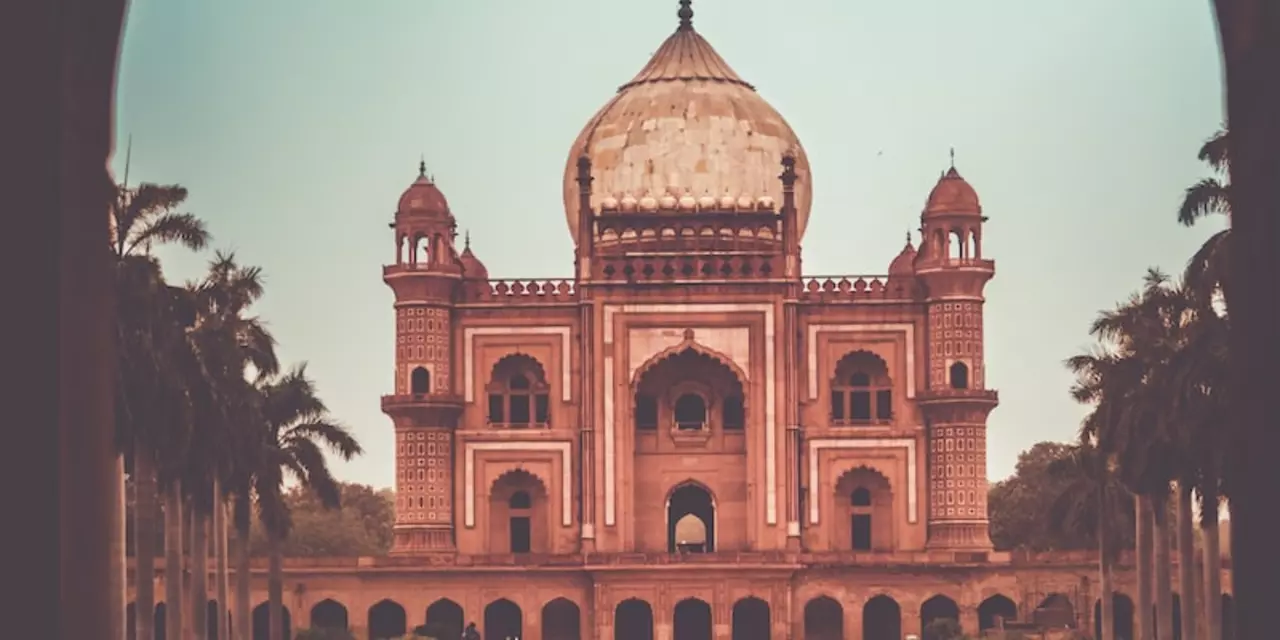Case Studies & Real‑World Insights
Looking for real‑life examples that actually help you understand a topic? You’re in the right place. This tag gathers stories that break down complex events—whether it’s a cricket opening ceremony, a new vaccine rollout, or a simple cooking trick—into bite‑size lessons you can apply today.
What You’ll Find in Our Case Collection
Every post under the case tag is a snapshot of a larger picture. You’ll see:
- Sports & Events: A quick look at how the Asia Cup 2025 opening plans are shaping up in the UAE.
- Health & Policy: How Prime Minister Modi’s promise of mass‑producing a COVID‑19 vaccine could affect everyday life.
- Food & Lifestyle: Simple South Indian breakfast ideas, bachelor‑friendly recipes, and clever cooking hacks that save time and money.
- Social Issues: A ground‑level view of life on Native American reservations and the challenges faced by Uttar Pradesh’s COVID‑19 response.
- Media & Politics: Straight‑talk about which news outlets are most trustworthy and what’s happening in Delhi politics.
Each piece is written in plain language, so you can grab the main point without wading through jargon.
How to Use These Stories
Read a case, pull out the lesson, then apply it. Want to host a small cricket event? Check the Asia Cup article for timing tips. Planning a quick dinner? The easy‑to‑cook Indian dishes give you a ready‑made menu. Curious about media bias? The “most truthful news outlet” post offers a straightforward comparison you can use when scrolling through headlines.
Because the content is varied, you can jump from topic to topic without feeling lost. The common thread is practical insight—something you can act on right after you finish reading.
Don’t just skim. Take notes, bookmark the articles that resonate, and revisit them when you need a fresh perspective. The more you engage with these cases, the more you’ll see patterns and connections across different fields.
Ready to explore? Dive into the list below and start turning facts into useful knowledge today.
Can I file a case directly in the Supreme Court of India?
The Supreme Court of India is the highest court in the country and is the final court of appeal. This article explains the process of filing a case directly in the Supreme Court. The filing of cases in the Supreme Court must be done through an advocate, who is referred to as an advocate-on-record, who must be registered with the Supreme Court. The advocate-on-record is responsible for filing the case and ensuring that all the relevant documents are in order. Once the case is filed, the Supreme Court will decide whether to accept the case or not. If accepted, the advocate-on-record will be responsible for presenting the case in court. The decision of the Supreme Court is final, and all appeals are made directly to the Supreme Court, bypassing the High Court.
View more